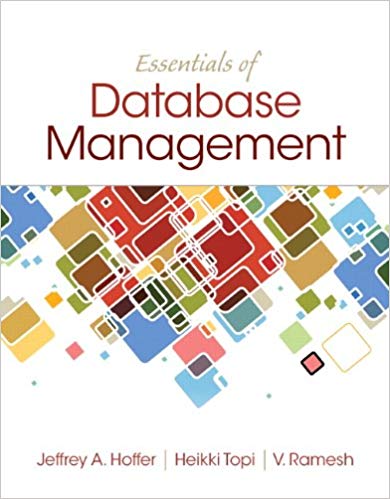Question
In Java simulate a simple computer system consisting of a CPU and Memory. It will be very helpful that tell me how you think and
In Java simulate a simple computer system consisting of a CPU and Memory. It will be very helpful that tell me how you think and solve the problem
The CPU and Memory will be simulated by separate processes that communicate.
You must use the Runtime exec method to create processes and streams for communication.
CPU
It will have these registers: PC, SP, IR, AC, X, Y.
It will support the instructions shown on the next page of this document.
It will run the user program at address 0.
Instructions are fetched into the IR from memory. The operand can be fetched into a local variable.
Each instruction should be executed before the next instruction is fetched.
The user stack resides at the end of user memory and grows down toward address 0.
The system stack resides at the end of system memory and grows down toward address 0.
There is no hardware enforcement of stack size.
The program ends when the End instruction is executed. The 2 processes should end at that time.
The user program cannot access system memory (exits with error message).
Memory
It will consist of 2000 integer entries, 0-999 for the user program, 1000-1999 for system code.
It will support two operations:
read(address) - returns the value at the address
write(address, data) - writes the data to the address
Memory will initialize itself by reading a program file.
Timer
A timer will interrupt the processor after every X instructions, where X is a command-line parameter.
Interrupt processing
There are two forms of interrupts: the timer and a system call using the int instruction.
The stack is switched to the system stack.
SP and PC registers should be saved on the system stack. (The handler may save additional registers).
A timer interrupt should cause execution at address 1000.
The int instruction should cause execution at address 1500.
Interrupts should be disabled during interrupt processing to avoid nested execution.
The iret instruction returns from an interrupt.
Instruction set
| 1 = Load value | Load the value into the AC |
| 2 = Load addr | Load the value at the address into the AC |
| 3 = LoadInd addr | Load the value from the address found in the given address into the AC |
| (for example, if LoadInd 500, and 500 contains 100, then load from 100). | |
| 4 = LoadIdxX addr | Load the value at (address+X) into the AC |
| (for example, if LoadIdxX 500, and X contains 10, then load from 510). | |
| 5 = LoadIdxY addr | Load the value at (address+Y) into the AC |
| 6 = LoadSpX | Load from (Sp+X) into the AC |
| 7 = Store addr | Store the value in the AC into the address |
| 8 = Get | Gets a random int from 1 to 100 into the AC |
| 9 = Put port | If port=1, writes AC as an int to the screen |
| If port=2, writes AC as a char to the screen | |
| 10 = AddX | Add the value in X to the AC |
| 11 = AddY | Add the value in Y to the AC |
| 12 = SubX | Subtract the value in X from the AC |
| 13 = SubY | Subtract the value in Y from the AC |
| 14 = CopyToX | Copy the value in the AC to X |
| 15 = CopyFromX | Copy the value in X to the AC |
| 16 = CopyToY | Copy the value in the AC to Y |
| 17 = CopyFromY | Copy the value in Y to the AC |
| 18 = CopyToSp | Copy the value in AC to the SP |
| 19 = CopyFromSp | Copy the value in SP to the AC |
| 20 = Jump addr | Jump to the address |
| 21 = JumpIfEqual addr | Jump to the address only if the value in the AC is zero |
| 22 = JumpIfNotEqual addr | Jump to the address only if the value in the AC is not zero |
| 23 = Call addr | Push return address onto stack, jump to the address |
| 24 = Ret | Pop return address from the stack, jump to the address |
| 25 = IncX | Increment the value in X |
| 26 = DecX | Decrement the value in X |
| 27 = Push | Push AC onto stack |
| 28 = Pop | Pop from stack into AC |
| 29 = Int | Set system mode, switch stack, push SP and PC, set new SP and PC |
| 30 = IRet | Restore registers, set user mode |
| 50 = End | End execution |
Step by Step Solution
There are 3 Steps involved in it
Step: 1

Get Instant Access to Expert-Tailored Solutions
See step-by-step solutions with expert insights and AI powered tools for academic success
Step: 2

Step: 3

Ace Your Homework with AI
Get the answers you need in no time with our AI-driven, step-by-step assistance
Get Started


